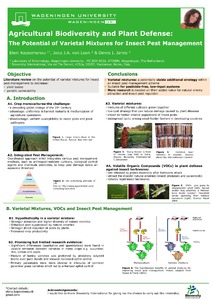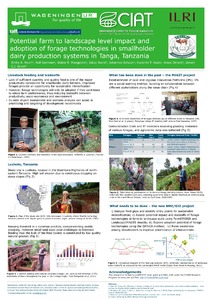Location
6700 HB Wageningen
Wageningen University & Research is a collaboration between Wageningen University and the Wageningen Research foundation.
That is the mission of Wageningen University & Research. A staff of 6,500 and 10,000 students from over 100 countries work everywhere around the world in the domain of healthy food and living environment for governments and the business community-at-large.
The strength of Wageningen University & Research lies in its ability to join the forces of specialised research institutes and the university. It also lies in the combined efforts of the various fields of natural and social sciences. This union of expertise leads to scientific breakthroughs that can quickly be put into practice and be incorporated into education. This is the Wageningen Approach.
The scientific quality of Wageningen University & Research is affirmed by the prominent position we occupy in international rankings and citation indexes.
The domain of Wageningen University & Research consists of three related core areas:
- Food and food production
- Living environment
- Health, lifestyle and livelihood
Wageningen University & Research has branches all over The Netherlands and abroad. A large number of lecturers, researchers and other employees are based at Wageningen Campus.
Members:
Resources
Displaying 41 - 45 of 209The conservation and use of crop genetic resources for food security. Thesis (PhD.)
Diversity in success: Interaction between external interventions and local actions in three rice farming areas in Benin
Since the rice crisis of 2007, the government of Benin has initiated many programmes for rice intensification. Comparison of three rice production areas shows that local rice production has indeed been increased by the facilities provided by the government programmes. Although broadly the same facilities (market outlet, credit, input, etc.) were provided to rice farmers in the three study areas, which are located close to one another, there are not only similar, but also some different outcomes with regard to farmers' practices.






